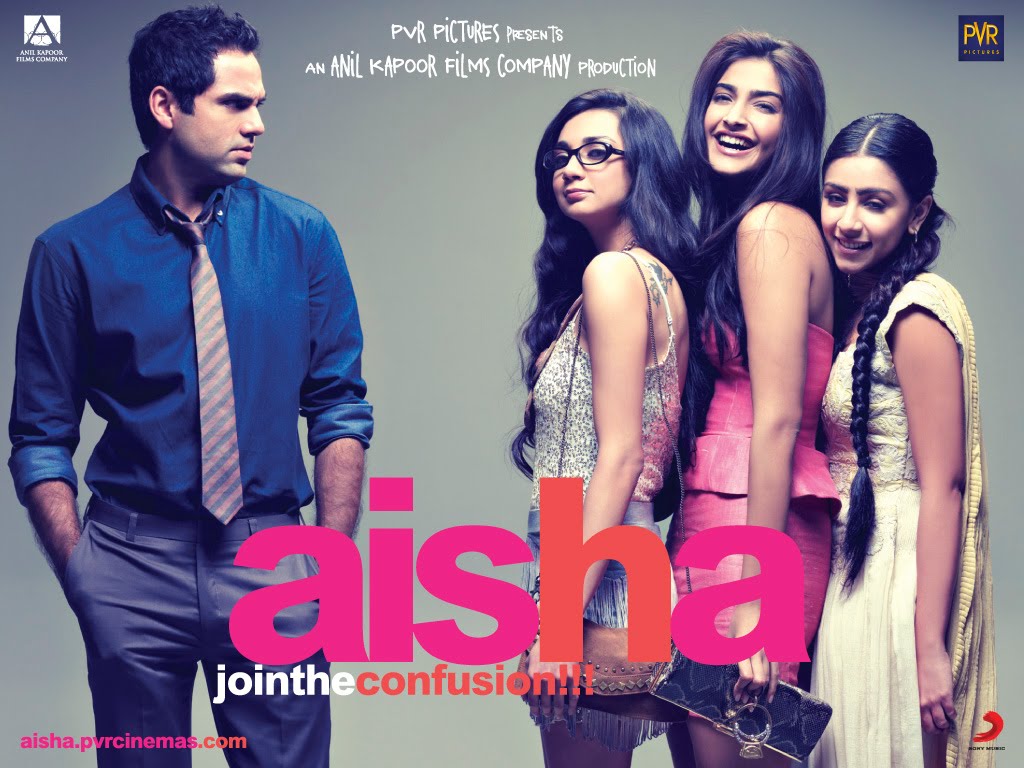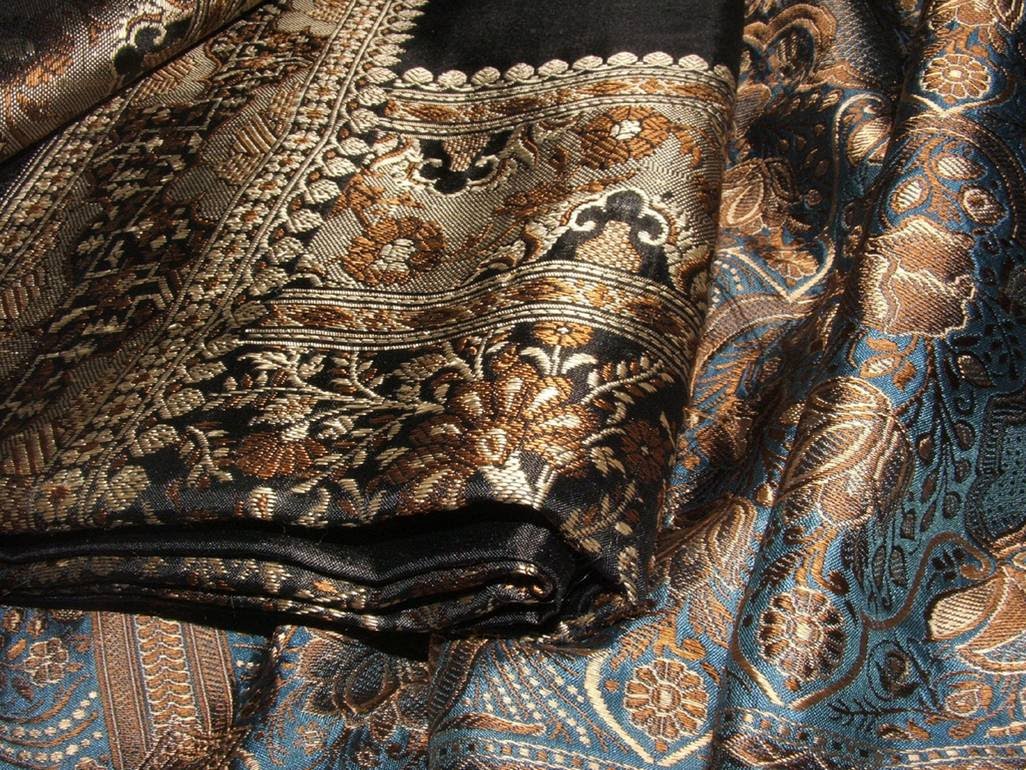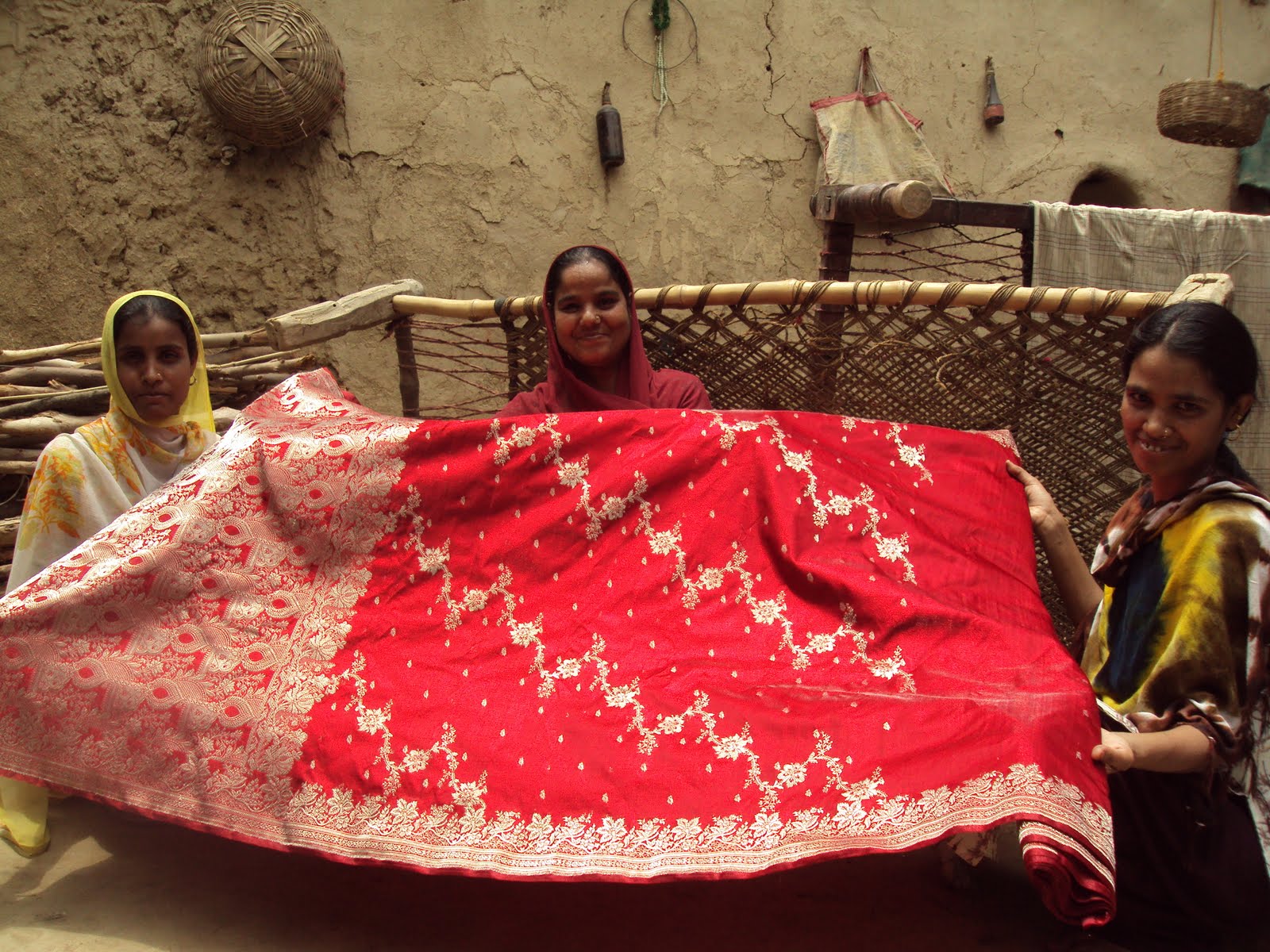In a country where opinions change with geographical locations, where a Mumbaikar doesn’t think like a Delhite, and a Bangalorean is far removed from the worldview of a Chennaite, how do luxury brands market themselves?
It is a dilemma that the brands have been dealing with for quite a while. Many realise that they have to go beyond just pushing their products on to a people who are just discovering luxury.
In India, the brands have taken two diverse routes: engaging with the community around and tying up with Bollywood, the biggest contributor to pop culture in India.
Sustainability Issues
“Luxury and sustainable development share two deep concerns: rarity and beauty. Luxury is, at its essence, very close to sustainable preoccupations because it is nourished by rarity and beauty and thus has an interest in preserving them.” So wrote Jean-Noël Kapferer, marketing guru and professor at HEC Paris, Europe’s premier research centre on luxury.
As luxury brands transform into global behemoths, leaving big carbon footprints across several nations, they also hugely impact the environment and the local community in countries that are starkly different from where they began their journey. Often accused of ennui and apathy, global luxury brands are now looking for new ways in which they can engage the community and implement sustainable policies. Who would have thought that in the 21st century, luxury would be as much about sustainability and environment consciousness as about beauty, rarity, handcrafted beauty, and heritage?
Taj Varanasi Project
Worldwide as concerns about the sort of affect that beautiful luxury bag you just bought has left on the environment, or questions about whether that dazzling gown you are sporting was made in a seedy sweatshop, grows, luxury brands are attempting to address these issues. Ultimately, issues of sustainability and community development are as much about reinforcing the fundamental values of luxury – timelessness and soul.
In India, The Taj Group, one of the largest luxury hotel chains, constantly work with the community in the regions they operate in. From education to health, livelihood, nurturing the artisan community, and working with the environment – they have left an impact on a wide range of spheres.
Taj Works with Varanasi Weavers
Working with the community could also mean working with artists and museums. Ermenegildo Zegna recently commissioned Indian artist Reena Saini Kallat to work on a sculptural installation, which was exhibited on the façade of the Dr Bhau Daji Lad Museum in Mumbai, and was ultimately donated to the museum. Zegna, through its global art programme, is also funding some projects at the museum.
The Bollywood Route
If engaging the community is one way of leaving an impact, the other way is collaborating with popular culture. In a country, where pop culture is dominated by the Hindi film industry, and where stars are not just icons but also demigods, Bollywood offers glamour and gravitas to luxury brands hoping to make inroads into the inscrutable Indian market. Bagwati, an epithet given to the classic orange Kelly bag in Zoya Akhtar’s road movie-cum-browmance Zindagi Na Milegi Dobara, is as much a character in the film as the five leading stars. Sonam Kapoor’s Aisha may not be about good cinema, but it was certainly about style and luxury and put Dior right up the pantheon of luxury fashion brands in India.
Karan Johar
But the one man who has consistently promoted luxury brands on reel and off it, too, is Karan Johar. Through in-movie placements and via his personal wardrobe, he has inadvertently championed the cause of luxury brands in India
Where Bollywood takes up so much of mind space, it is not unusual to see luxury brands establish symbiotic bonds with the Indian stars.






